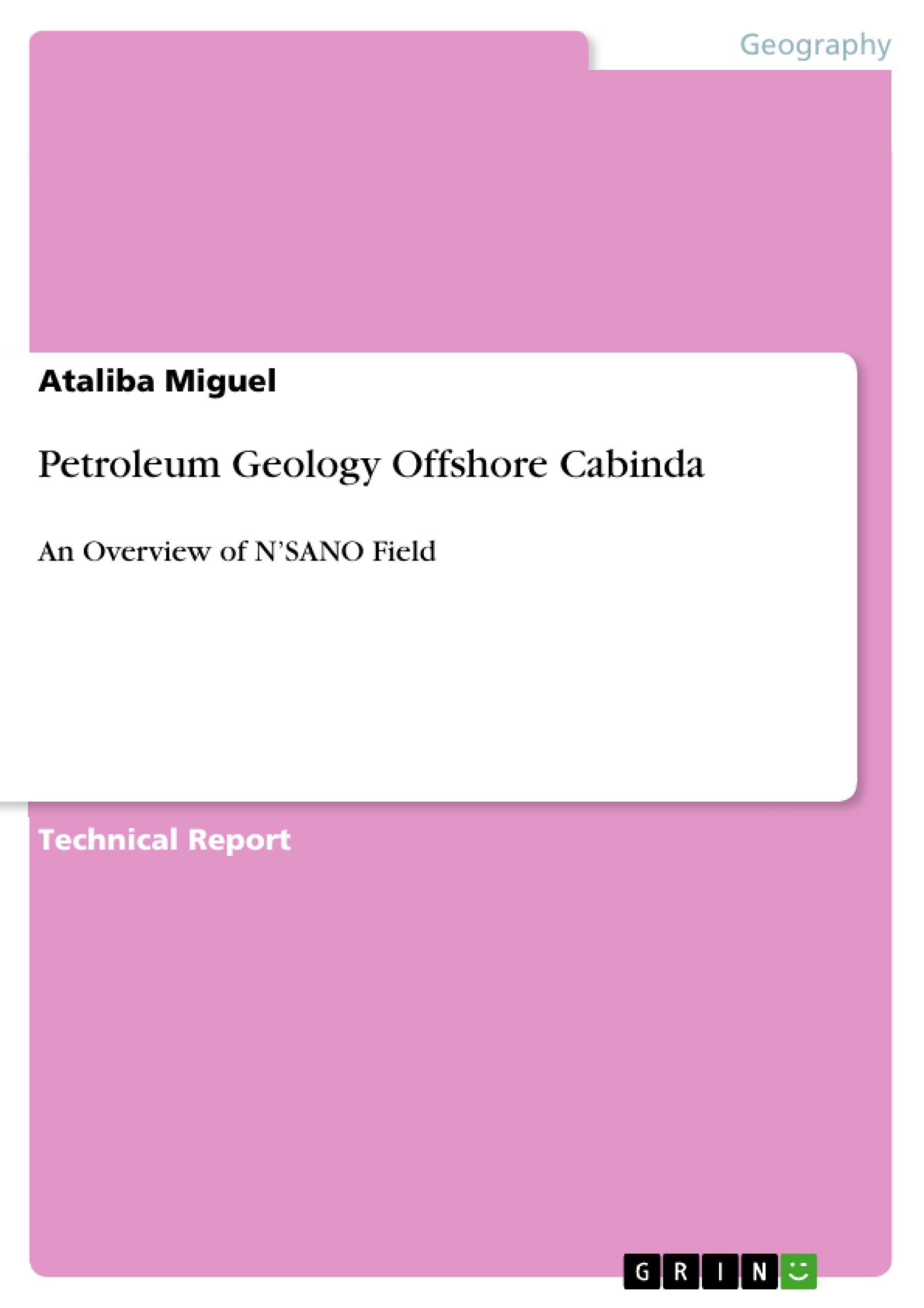This report has been written to describe the basic understanding of the petroleum system on the N’SANO field offshore Cabinda in Angola. The N’SANO field was discovered in 1992 and is located on Block 0 offshore of Cabinda province in Angola. The Block 0 is mainly divided into three source rock Megasystems which are associated with three distinct geologic packages. The Bucomazi formation is the most prolific source rock in the Area A of Block 0. The source rocks for the Bucomazi are kerogen of type I and type I-II, the migration is mostly fault related (vertical), the reservoirs are sandstones of synrift and postrift age, sealed by transgressive marine shales of Cenomanian-Eocene age.
Key words: Petroleum geology; source rock; reservoir rock; migration; trap; seal
List of Contents
Abbreviations
1. Introduction
1.1 Objectives
2. Regional Geology
2.1 Stratigraphy
3. Petroleum System - N’SANO Field
3.1 Source Rock
3.2 Migration
3.3 Reservoir rock
3.3.1 Upper Pinda Reservoir
3.3.2 Vermelha Reservoir
3.3.3 Likouala Reseroir
3.4 Seal
3.5 Trap
4. Prospectivity Impact on Block 0 - NSANO Field
5. Conclusion
6. References
- Quote paper
- Ataliba Miguel (Author), 2012, Petroleum Geology Offshore Cabinda, Munich, GRIN Verlag, https://www.grin.com/document/270708



